Let’s stir up some magic in the lab with a very hot topic for indie beauty brands: who owns your formulas?
Launching or scaling a beauty brand is exhilarating, but nothing stalls momentum faster than confusion over who actually owns your formula. It impacts valuation, fundraising, manufacturer choice, speed to market and even your ability to expand internationally. In 2025 (and soon 2026), with retailers tightening requirements and regulations evolving across the EU, UK, US and beyond, clarity on formula ownership is not just nice to have. It is operational oxygen.
Below, we unpack three common scenarios you will encounter with labs and manufacturers. We will translate the legal and technical jargon into plain English, show what you do and do not own in each case, and offer practical paths to protect your margin, timeline and brand equity.
Why formula ownership matters more than ever
Owning your formula is not about being precious. It is about control. If you do not control the composition, method and technical file behind your product, then you do not control your production schedule, your cost of goods, your ability to meet retailer onboarding, or your brand’s exit value. Investors and acquirers look for defensibility, repeatability and portability. A brand whose hero SKUs can be manufactured at multiple qualified sites, using a documented method and a validated specification, is a brand with options.
There is also a regulatory dimension. In the EU and UK, your Product Information File must reflect the exact composition, manufacturing method and safety assessment for the product you place on the market. In the US, MoCRA pushed brands to formalise product records, adverse event tracking and facility registration. If your manufacturer holds all formulation knowledge and you lack a signed pathway to access it, small changes can snowball into delays, rework and expensive re-testing.
Scenario 1: Private label or white label
Under private label, the manufacturer offers you a pre-existing formula. You choose the format, fragrance, packaging and artwork. You launch quickly and cheaply. It is a brilliant model for testing a concept, building a seasonal range, or filling a gap ahead of a retail pitch.
However, you do not own the formula. You are effectively licensing the right to buy and sell that composition from that manufacturer. Other brands may sell the same or a very similar base under different names. Even if you requested minor tweaks, the formula remains the manufacturer’s trade secret. They will not sell it to you, and you will not receive the full bill of materials at percentage level or the method.
What you typically receive: INCI list in descending order for labelling, a safety profile for claims clearance, and, for EU brands, the CPNP reference number of this product to be used on your own CPNP notification. You may get a spec sheet that lists target viscosity, pH range, appearance and microbiological limits. You do not receive the exact formula percentages or the detailed method.
What you cannot do: you cannot take that exact product to a different manufacturer. If you outgrow the partner, change MOQs or need additional capacity, you must reformulate or reverse engineer. Reverse engineering can replicate the sensorial and most of the INCI list, but it will not buy you an exact replica or uniqueness and can be the most expensive route to a not-quite-the-same result. More importantly, it burns time and will trigger fresh stability, compatibility and challenge testing.
When private label makes sense: hotels, spas, salons, early-stage validation, limited editions, giftable sets, retail readiness when speed exceeds differentiation, or when cashflow must prioritise marketing and inventory rather than R&D.
How to add value anyway: customise the fragrance or essential oil profile within IFRA limits, elevate the packaging and unboxing, create usage rituals that increase average order value, and invest in claims testing that belongs to your brand. Think of it as brand IP rather than formula IP.
Scenario 2: Partial development or base with changes
This sits between private label and full custom. In some cases, the manufacturer will offer you ‘private label with changes’. They’ll start from a house base and agree to specific changes. You might swap some actives, raise the oil phase, replace the fragrance, or add a complex of actives at defined levels. You usually pay a modest development fee and some round costs. Timelines are faster than true custom, and you benefit from the base’s prior learning.
Ownership remains with the manufacturer. You generally own the list of the changes you commissioned, and you should receive the exact identity and percentages of the add-ins you paid to include. But the underlying base, its method, and many of the process parameters are still the manufacturer’s trade secret. You cannot take the whole thing elsewhere and expect it to be reproduced. In practice, you still depend on that manufacturer for production.
When partial development makes sense: when you need something measurably different from a catalogue product, but you want to stand on known-good scaffolding to control time and cost. It is useful for tight retailer timelines or when you want to build toward full ownership over time.
Scenario 3: Full development with full IP transfer
This is where you pay for a formula created to your brief, and you purchase the intellectual property. You own the composition at percentage level, the method and process parameters, and the technical file that supports manufacture and compliance. You can take it to any qualified manufacturer for quotation, scale-up and production or you can stay with your formulator if they offer manufacturing services too.
What you should receive at handover: the complete formula in percentages, the detailed method with critical control points and acceptable ranges, a validated specification for appearance, odour, colour, pH, viscosity and microbiological criteria, a raw material list with suppliers, SDS and technical data sheets, the stability protocol and results summary, the challenge test report or preservation justification and a tech transfer pack that documents mixing order, shear, temperature windows and hold times. For EU and UK, you will also want labelling allergens from fragrance at the usage rate, claims substantiation references, and the safety assessment report to slot into your Product Information File. For the US, ensure your dossier supports MoCRA record-keeping, adverse event readiness and any voluntary claims testing you intend to cite.
What this unlocks: multi-site manufacturing, stronger cost negotiation, better supply resilience, smoother retailer onboarding, higher brand valuation and faster innovation because you can iterate from a known method.
When to choose full IP ownership: if your hero SKU is your entire brand story, if you plan to raise capital or sell your brand, if you need specific criteria to meet your brand’s ethos, if you have a specific story to tell through your brand, if you target global retailers where compliance documentation transparency is important or simply if you want freedom and control over what you sell.
Cost, time and risk: modelling the trade-offs
Every project and lab is different, but a simple framework helps decision-making. Private label has the lowest upfront cost and fastest route to market. Partial development sits in the middle. Full development has the highest upfront cost and the most documentation, but it amortises well over scale and protects value at exit.
Think in total lifecycle cost, not just the development invoice. If you spend less now but must rework later, you will pay again in artwork changes, new stability, renewed challenge tests and delayed revenue. Full development often looks more expensive upfront and more profitable by the second production run.
How to future-proof your choice with contracts and process
You do not need a legal novel. You do need five or six clauses that keep you safe, whatever the scenario.
Define ownership explicitly. If you are commissioning full development, make sure the agreement states that your company owns the formula, method and all resulting documentation upon final payment. If you are in partial development, define which layers you own and what you can port if you buy out.
Secure documents transfer. If you are paying for full development, include a tech transfer deliverable and a short period of remote support during your first external scale-up. That small clause saves weeks later. Unless your formulator is also your manufacturer, in which case, this makes it easier for you.
Protect confidentiality both ways. Your creative brief, claims angle and decoration concepts are your trade secrets. The manufacturer’s base method is theirs (unless you commissioned a full formula development). A balanced NDA builds trust while letting both sides work quickly.
Compliance is not optional, and it pays to plan it early
No matter which route you choose, the regulatory backbone must be intact from sample to sale. For the EU and UK, be clear on who is the Responsible Person and who builds and maintains the PIF. The safety assessor must see the exact composition at percentage level and the fragrance certificate to calculate label allergens. For the US, ensure your records match what you sell and that claims are substantiated according to FTC and FDA expectations. If you change a preservative, method or packaging, you may trigger new testing. Build this into your calendar before you promise a launch date.
If you are using essential oils or fragrance, keep IFRA compliance and EU allergen labelling front of mind. If you are using botanicals, document their quality, contaminants, and batch variability. If you are using chelating agents or multifunctional preservative boosters, record their usage ranges, pH ranges and any incompatibilities with cationics or anionics relevant to your system. Your future self will thank you.
Moving from private label to owned IP without stalling sales
Many brands start on private label and later decide they need ownership. That transition does not need to be painful. Start by mapping what customers love most about your current product: fragrance, slip, after-feel or the way it layers under make-up. Brief your chemist against those non-negotiables and explain what can move. Ask for two to three development routes: a close match, an improved sensorial at the same cost, and a premium upgrade with a performance claim you can substantiate. Plan your overlap so that stability and challenge testing happen while your current stock sells through. When you launch the owned-IP version, be transparent with your audience about the upgrade and do not change everything at once. Consistency builds trust.
A quick decision guide for founders
Choose private label when your priority is speed, cash preservation and market testing. Accept that you are trading IP ownership for velocity, and design your range in ways that make your brand, not your base formula, the hero.
Choose partial development when you need something tailored with modest investment and you can live with vendor lock for a season. Use a clear change log and a buy-out clause to keep the door open.
Choose full development when you are building a hero SKU, pursuing retail scale, or when you want to own everything that is linked to your brand.
Frequently asked questions I hear from founders
Can my manufacturer sell me my private label formula? In almost all cases, no. It is their trade secret, and the commercial model depends on that. You can request a buy-out, but expect a no or a price that reflects the value of their catalogue.
Is reverse engineering legal? Analysing a publicly sold product to approximate its composition is generally lawful, but it is unlikely to reach a full replica, does not grant you any rights to the original method and will require fresh testing. It is also slow and often more expensive than commissioning an owned formula.
Can I patent my cosmetic formula? Patents require novelty and a non-obvious inventive step. Most cosmetic compositions do not qualify unless there is a unique technical mechanism and demonstrated advantage. For most indie brands, trade secrets, know-how and brand equity are the stronger route.
The mindset that keeps brands resilient
There is no single right path. There is only the model that fits your stage, your cashflow and your goals. Be honest about your runway and launch calendar. Decide whether speed or ownership serves you best right now. Negotiate with clarity. Document obsessively. Build an IP portfolio over time, starting with the products that define you. When your formulas are documented and transferable, your brand moves from fragile to flexible. That is the difference between chasing your supply chain and leading it.
Here’s to formulas that work and brands that thrive!
From my lab to yours,
Morgane
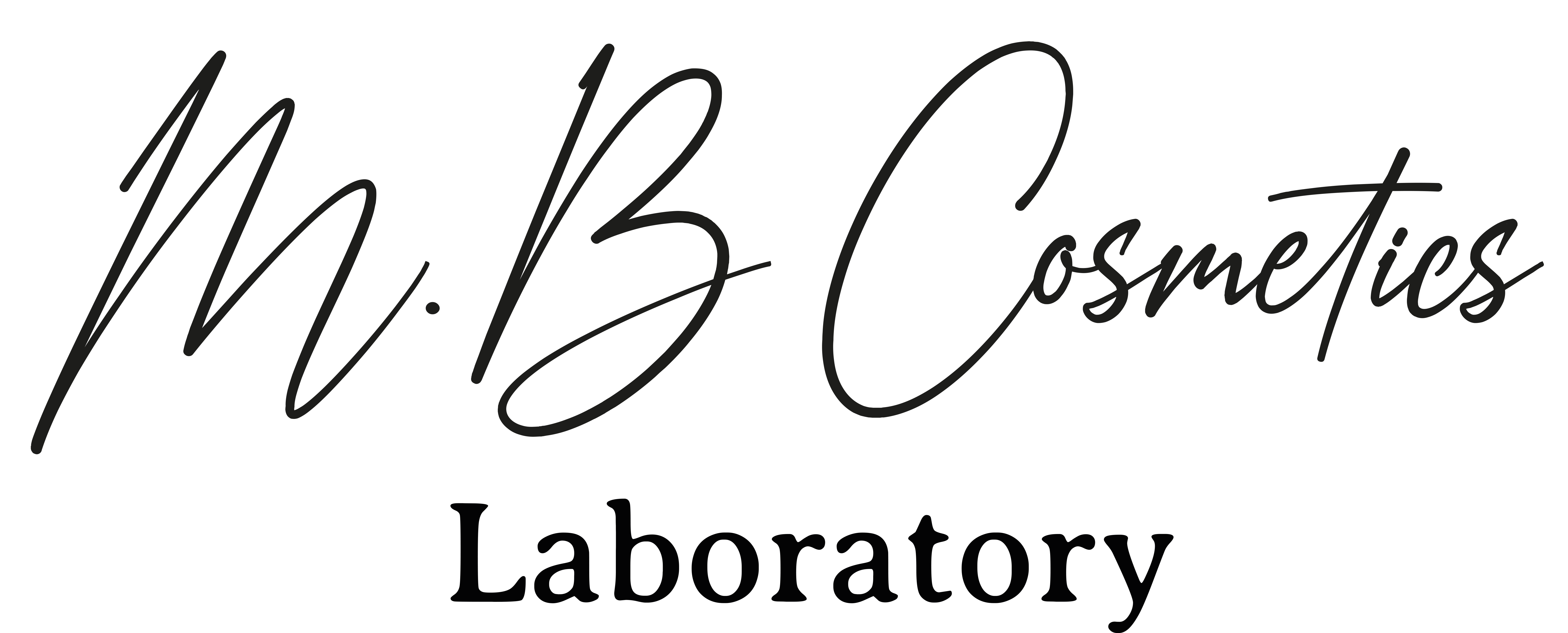
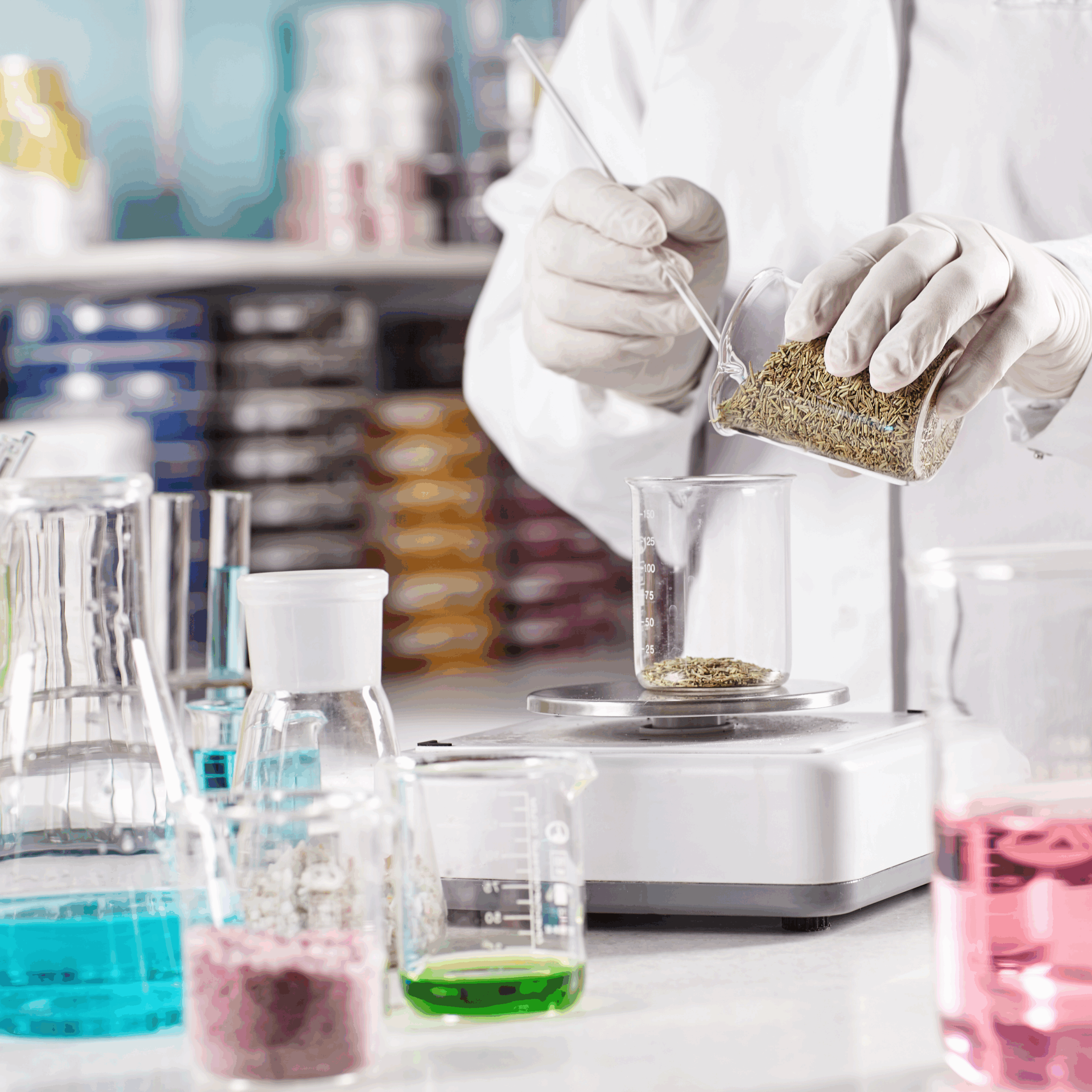



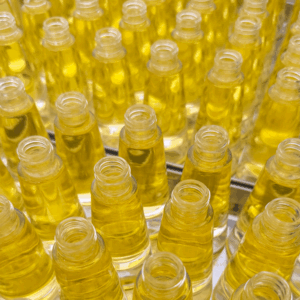
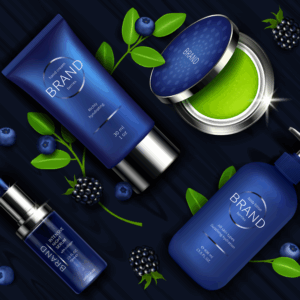
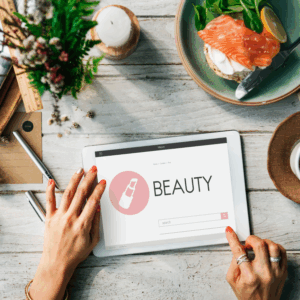

Add comment